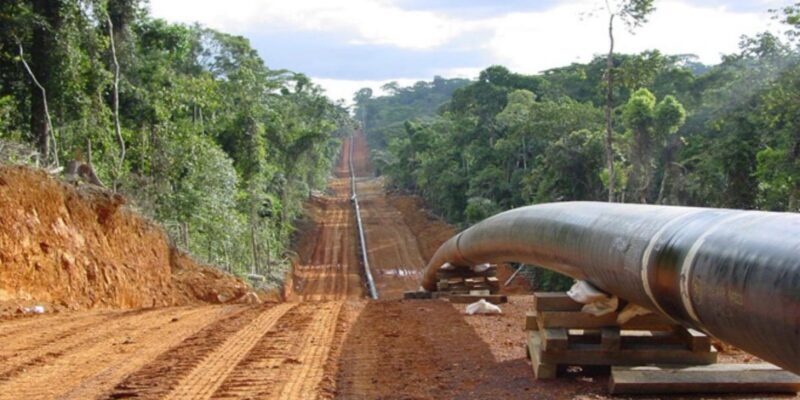Riverside LNG, an energy-based in Nigeria, has announced plans to supply gas to South Africa, in what would be the first such deal between the two countries.
Earlier this year, Riverside LNG inked a gas-export partnership agreement with Johannes Schuetze Energy Import AG of Germany, and the company is presently exploring potential deals on the continent, according to Chief Executive Officer David Ige, Bloomberg reported.
Nigeria boasts the largest gas reserves in Africa. The country is projected to dominate the African natural gas and liquefied natural gas (LNG) supply market from 2023 to 2027 as the use of fossil fuels becomes unpopular globally.
What the executive officer said:
“We’d probably very early in the year close out another segment of the market, an off-take for South Africa,”
“There’s a massively evolving gas market in the region, anything around 3,000 nautical miles of Nigeria. So that covers southern Africa, western Africa, all to northwest Europe and to the Caribbean and South America broadly,”
“A lot of those countries are looking to go gas. We see a huge opportunity for Nigeria in being a trading hub,” said Ige, a former executive at the state-owned Nigeria National Petroleum Corp.
Ige refused to disclose additional details regarding the discussions with South African counterparts, citing confidentiality clauses. The company is also exploring opportunities in Liberia and Cameroon.
According to South Africa’s state power utility Eskom, the country is facing a severe electricity crisis in 2023, surpassing the levels of power cuts experienced last year.
The crisis is attributed to the frequent breakdowns of Eskom’s ageing coal-fired plants and its substantial debt profile, which has impeded development in the sector. Efforts to buy more electricity from private producers have faced setbacks due to grid constraints and legal challenges.
South Africa currently lacks the infrastructure to receive LNG. Deliveries from the project are slated to commence in 2027, providing ample time for the development of import terminal infrastructure.
The country relies on coal for four-fifths of its power generation, but with investments unlikely in the sector, it is now looking at renewable sources to generate as much as 60 gigawatts of its power needs by 2030.
The World Bank is reportedly considering a $1 billion loan to support South Africa’s initiatives in revitalizing its energy sector.
Eskom also planned to allocate a portion of its $12.5 billion multilateral loans to deliver power to areas where grid congestion is hindering the transition to renewable sources.
![]()




